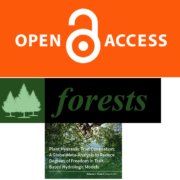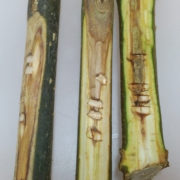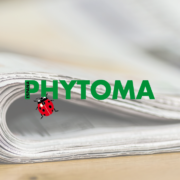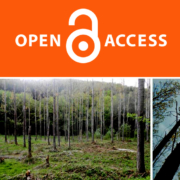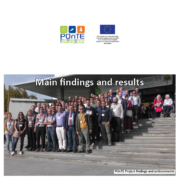Survival of European ash seedlings treated with phosphite after infection with the Hymenoscyphus fraxineus and phytophthora species
Authors
- a Faculty of Forestry, University of Belgrade, Kneza Višeslava 1, Belgrade, 11030, Serbia
- b Forest Research Institute, Department of Forest Protection, Sěkocin Stary, ul. Braci Leśnej 3, Raszyn, 05-090, Poland
- c Faculty of Forestry, Białystok University of Technology, Ul. Piłsudskiego 1A, Hajnówka, 17-200, Poland
- d Institute of Technology and Life Sciences (ITP), Falenty, Al. Hrabska 3, Raszyn, 05-090, Poland
- e Faculty of Biology and Environmental Sciences, Cardinal Stefan Wyszynski University inWarsaw, Wóycickiego 1/3 Street, Warsaw, 01-938, Poland
Abstract
The European Fraxinus species are threatened by the alien invasive pathogen Hymenoscyphus fraxineus, which was introduced into Poland in the 1990s and has spread throughout the European continent, causing a large-scale decline of ash. There are no effective treatments to protect ash trees against ash dieback, which is caused by this pathogen, showing high variations in susceptibility at the individual level. Earlier studies have shown that the application of phosphites could improve the health of treated seedlings after artificial inoculation with H. fraxineus. Three-year-old F. excelsior seedlings were inoculated with the following pathogens: a H. fraxineus, Phytophthora species mixture (P. plurivora, P. megasperma, and P. taxon hungarica), in combination with two pathogens and mock-inoculated as the control, and then either watered or treated with ammonium phosphite (Actifos). Results showed significant differences in the survival of seedlings and symptoms of disease development among the treatments. Chlorophyll-a fluorescence parameters indicated a decrease in photosynthetic efficiency in infected plants, suggesting that they were under strong biotic stress, but none of the parameters could be used as a reliable bioindicator for ash decline disease. The application of Actifos enhanced the production of triterpenes (ursolic and oleanolic acid), and decreased the production of phenols (tyrosol) and sterols (β-sitosterol) in seedlings infected with H. fraxineus. Treatment with Actifos caused seedlings to enhance their response to pathogen(s) attack and increase their survival probability.
This work received partial funding from the European Union’s Horizon 2020 research and innovation programme under grant agreement No. 635646, POnTE (“Pest Organisms Threatening Europe”).
Published on July 24, 2018 by FORESTS

